Article by Dr Anil Wijetunge Bsc, MBBS, FRCA
After I qualified from University College London and Middlesex Medical School in 1988, I spent 12 years working as a junior doctor in both medical specialties and anaesthetics. In none of this time had I ever come across healers in the NHS even though I had worked for 18 months in medical oncology, haematology and radiotherapy in large London teaching hospitals. In fact, to be honest, if anyone had suggested that a healer had come to see one of my patients I would have been sceptical at least, if not openly hostile to the idea. Such was my commitment to the principles of conventional and evidence-based medicine as the only effective sources of treatment. My medical training had focused on the pathology, clinical features, treatment and management of disease. That management did not include how to address the patient’s sense of wellbeing or how to deal with their emotional and psychological turmoil and distress when they were ill, nor how to help them manage when no medical treatment could effectively control their pain. I perhaps naively believed that in comparison to the pathology of diseases I had studied these vague and poorly defined needs were usually met by nursing care, visits of family members, hospital chaplains or workers in other faiths or for the patient to manage as best as they could in their own way. Addressing these needs were not a major concern in the medical management plan.
In 2005 I had been working as a consultant anaesthetist for five years when I was diagnosed with acute lymphoblastic leukaemia. As soon as I was diagnosed my initial disbelief turned to the realisation that my life was on hold and in the balance with a less than 50% chance of surviving five years with the treatment available. This treatment was to consist of three cycles of intensive chemotherapy followed by total body irradiation and a stem cell transplant if a suitable donor was found. In fact it was very nearly all over in the third week of the first chemotherapy cycle when I was admitted to the intensive care unit with neutropaenic septic shock . This was a time filled with intense physical pain and discomfort. After one week I had improved sufficiently to resume and complete the first cycle of chemotherapy. Some of the chemotherapy, for example intramuscular asparaginase, caused extreme pain on administration. By this time I had lost 25 kg body weight which fell from around 75 to 50 kg. I could hardly walk and my clothes hung off me after I finally got dressed to go home. I knew that while modern medicine and excellent clinical care had saved my life, I had in a very short time to return for the second cycle of treatment with a different combination of powerful anti-cancer drugs. I did not know how I would get through the second cycle of treatment having come close to not surviving the first one and I was also now in poor physical shape.
The second cycle of treatment took place at University College Hospital. This five week cycle of treatment resulted in my staying in hospital for nearly six months as I suffered a series of unpleasant complications. While they were all managed as best as possible using conventional practice and are the sort of things that can affect any cancer patient; there was a large amount of pain, discomfort and also quite often it was unclear what exactly caused these complications and how best to treat them. These problems included Hickman line infections that spread to the chest wall requiring plastic surgery, dozens of painful, inflamed golf-ball sized eruptions all over the body that required surgical debridement and a kneecap bone that died. The last was extremely painful which no amount of morphine could control. From one day to the next I did not know what would happen or how I would cope. My partner was doing her best to support me while also distressed as she saw what was happening to me. In addition she was looking after our daughter who was just three months old when I was initially diagnosed, with only occasional help from her family who lived a long way off. Their visits to me were limited by my clinical and immune state.
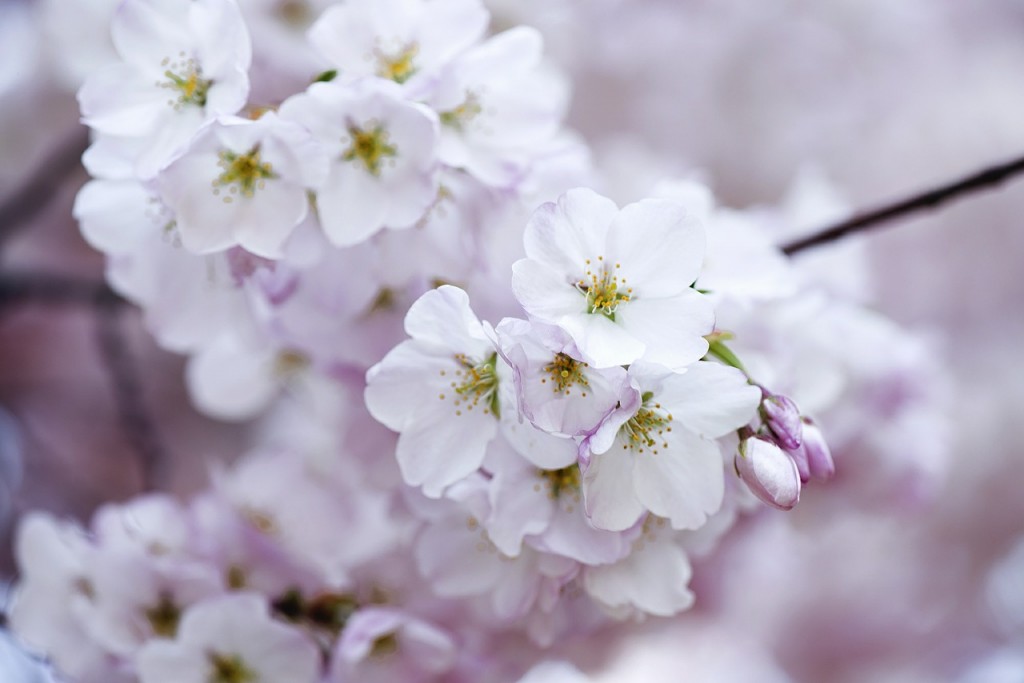
Image by Fotocitizen
This was when I first encountered the complimentary therapy team, though I had experienced some aromatherapy massages in the previous treatment at the Hammersmith Hospital which I had always looked forward to. At University College Hospital there were two reflexologists, a counsellor and two Reiki healers. They all played invaluable roles in providing me with help to manage the discomfort, pain, distress and uncertainty. The counsellor was someone I could say exactly how I felt and speak openly to, sharing my concerns in a way that was not possible even with closest family where a positive and optimistic outlook was the norm. The reflexology provided a way of relaxing and moments of comfort and was used especially before procedures like Hickman line insertion. The Reiki healing was entirely new to me. I had never heard of it before. The nurse asked me one morning if I wanted to see Graham. After telling me that he was a healer who saw patients on the haematology unit, I felt I was already in so much discomfort I had nothing to lose. When Graham came into my room I saw a very ordinary looking man who briefly introduced himself then spoke little only saying in response to my question that he would simply hold his hands just above me, barely touching me and I should lie there in my pyjamas on the bed closing my eyes. He adjusted the height of the bed as he spoke after putting some relaxing music on and then he began. I had a whole collection of relaxing music that I had played and was rather tired of listening to.
As soon as he started with his hands over my head I was amazed at how hot they felt. I could feel their presence even though they hardly touched me. It was a very pleasant, comforting heat. He didn’t speak at all now, just music in the distance and heat. My restless mind that rushed from one thought to the next gradually slowed and calmed as I was vaguely aware of his hands moving down over my face, neck and chest. Now I felt I was no longer in that isolation room but moving through a most beautiful garden full of light, colour and peace. A powerful sensation more than a detailed reality. All was calm and there was no discomfort or pain now. My mind and body were both completely relaxed and I felt genuine happiness. His hands moved over my abdomen and legs to the soles of my feet, pausing at each place for about a minute before moving on. It was my first experience of real pleasure for a very long time. Graham never attempted to explain the healing to me and made little comment when I told him how much better I felt afterwards saying only that he would return next week if I wished.
After the first session of healing I looked forward to it every week as it was my main source of relief from the distress and physical pain I was experiencing. It greatly improved my mood and sense of well-being. After one session when I had been particularly low I was in tears at the end of treatment. Tears of relief and release of tension. I felt much better and was told this is quite common. I was also warned that I might notice a part or parts of my body jerking during the healing which again was normal and I did notice this with my leg that had the painful kneecap. In this treatment all of the pain I experienced in that knee was taken away.
The healing was a revelation to me and the missing part of my treatment. Modern nursing care is very technical and laden with documentation and checks to complete. In the haematology care I experienced, while giving excellent care the nurses did not have the time to stop for very long and talk, or even just to hold my hand when in severe pain or discomfort as they were so busy fulfilling the conventional nursing care tasks that have to be done. Healing was also available to family members and my partner was helped a lot by it. I am aware that there are different types of healing though they may all involve a similar underlying ‘energy’ principle. Defining and describing this particular type of energy is difficult and we do not appear to have the understanding, terminology or language within modern science to do this yet. However I can say that I was most definitely helped by it in a way that modern medicine could not help.
I found that in an ever-changing, stormy landscape that was a jigsaw puzzle of medical treatments and procedures, unpleasant side-effects, tests, body scans, biopsies, painful complications and uncertainty about the future or what tomorrow would bring or even if I would see it; healing was a constant, providing me with a place of refuge, calm and beauty. It was the missing piece that completed my care as I went on to finish my treatment with a successful stem-cell transplant in 2006.
There are now many hospices as well as oncology units that benefit from the presence of healers providing healing to patients as well as relatives and staff. Children in cancer units are also helped, for example when it comes to enabling intravenous cannulation. Haematologists and oncologists whose patients have access to healing are aware of the benefits. Certainly more evidence would help to raise its status with sceptical parts of the medical community and tools to help provide this are improving. As in any walk of life, there are some unscrupulous people and dubious practices. There are also types of healing that I am unfamiliar with and cannot comment on. Reputable, trained healers who follow a strict ethical code of conduct and maintain continuing professional development can be accessed via the Sam Buxton Sunflower Healing Trust or the Guild of Professional Healers. This would be a reliable place to seek further information.
Medical treatment is very focused on the mechanisms of disease and pharmacology of drugs that will treat them, however providing a sense of well-being that deals with the emotional and mental turmoil during illness is virtually absent in the management plan. There are many mentally and physically unwell people whether in hospital, at home or in the GP surgery who may well benefit from healing. It should be made available to them just as any other medical treatment is. It is low cost and low tech compared to any other type of treatment. Some doctors may recognise the lack of resources available to address these aspects of care for their patients or might even have experienced illness themselves where their mental state or symptoms could have been helped by healing . The medical community should follow the lead set by units that already use healers and get up to date with a therapy that has been around for thousands of years. Just because it is something that does not conform to our understanding in conventional medicine and the evidence base is only slowly evolving, instead of dismissing it we should keep an open mind, become more informed and listen to the patients who have benefitted from it and consider if our patients might similarly be helped. We owe it to our patients if we are seriously interested in providing them with holistic care.
——————————————————————————————————————————————-
The Sam Buxton Sunflower Healing Trust (SBSHT)
Free eBook download: We’ve created an eBook with our best articles on this topic, and offer it for free to all our newsletter subscribers.
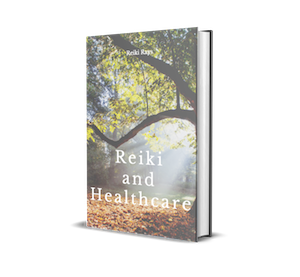
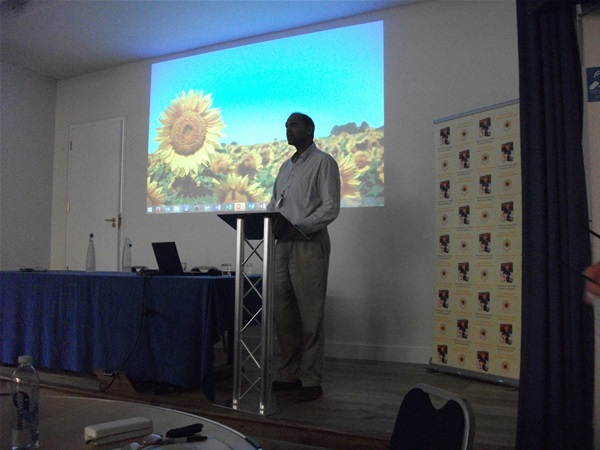
Dr Anil Wijetunge
Dr Anil Wijetunge, Consultant Anaesthetist, works as a consultant anaesthetist in London and has worked in and around London since he qualified in medicine at University College London in 1988. His work as a junior doctor included caring for patients with cancer for part of that time. In 2005 Anil was diagnosed with leukaemia and treated at Hammersmith and University College Hospitals (UCH). It was at UCH that he first experienced healing and other complementary therapies that made a huge difference to him at such a difficult time. He was fortunate to be able to return to work full time in 2008. Anil takes an active role in training anaesthetists where he emphasizes safe practice and focusing on the care of the patient despite other conflicting demands. In his spare time Anil enjoys drawing and painting and has started to learn to play the piano.


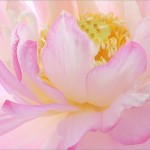
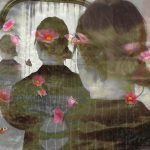
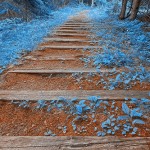
Dear Dr Anil,
Thank you for sharing this beautiful, inspiring and touching article. I am certain it will offer hope to many many people and also help people from the medical community understand and appreciate the role of complimentary therapies in healing . God bless you.
a truly wonderful account and so pleased you are now recovered. My husband is a Reiki Master, & recently offered help to a friend who has cancer but was rejected as Voodoo bone and stick shaking! Reiki is now offered in many cancer units but not everyone accepts this as useful. God Bless you for sharing your story
Thank you for this very moving & inspiring account. I have an elderly brother in England who has just come through radiation for prostate cancer. Alas, living in Africa, I can only provide absent healing. However, he has survived his treatment remarkably well, & I am convinced absent Reiki can be just about as effective as the hands-on variety.
Being mind and heartful for your body and soul is always healthy !
+ namasté +
I am always to heartened to see positive stories with reiki and I have seen many of my clients transform their lives with such loving support. I offer healing by distance for anyone who struggles to see a healer in person through my small company Bluebird Bliss and I trained with the wonderful Miguel Chavez in both reiki lineages. It really can work miracles.
Dear Doc Anil , amazing share . Yes , there’s is something missing as you have described so beautifully . I am an Ayurvedic physician … though don’t deny the significance of what modern system offers but yes , body has it’s own mind. .. your article very inspiring and thanks a lot for sharing .
I wish you best of best health …. regards , Dr. Sunita ..
Dear Anil, amazing share.Thank you for this very moving & inspiring case study.I am always happy to share positive stories with reiki and I have seen many of my patients’ transform their lives with such loving support.God Bless you
I am a practitioner and I appreciate the sharing of your experience. As a healer, I don’t attempt to control any aspect of the energy, it goes where it is needed, thus it never interferes with a patient’s other treatments. I truly see what I do as an integration into the total care and wellness process.
What a great piece……the fast hand appreciation from a medical professional of how a patient and their family feels when hit with such grave news, the current one size fits all Pharma treatment, without any alternative natural solutions on the menu or even being considered, the ongoing dreadful impact on work and family life, the isolation and fear …..it all comes flooding back. Hearing how Reiki has helped this patient come to terms with his situation was indeed much needed confirmation that there is a place in medicine for the more touchy/feely practices that never seem to get the wider recognition by the professionals. These alternative services deserve more acceptance and hopefully be a readily adopted
part of all serious illness recovery. Thanks for sharing.
Thank you so much for sharing your journey and experiences with us. I’ve done my first degree in Reiki and will be doing my level 2 and practitioner level in 2017. Such a great piece to demonstrate how modern medicine and holistic practices can work together for the common goal. Wonderful xx
Many thanks for the article.Having previously volunteered in a Hospice as part of a Holistic approach team,I can only say Reiki works !!
Just wish the time would come where Reiki is accepted into all Hospitals & Hospices,much like in the United States.
Again many thanks for an insightful article.
Thanks for the article. Loved reading it, it’s very inspiring. I have received my attunement about 9 months ago. Since then, I am practicing self healing regularly. I can feel the heat of my palm while doing so. The daily session makes me feel very relaxed. I have also sent distant healing to one of my friends who was having a severe back pain and she recovered. Thanks to reiki. I even gave healing to my father who was having a pain in his ears. I also use reiki shielding in my workplace and it works wonderfully well ! Reiki has even helped me in winning a long pending court case, as I used to give distant healing to my situation before attending a hearing, and it worked miraculously well !
I know with more and more of practice, my senses will become more strong and healing capacity will increase.
Love and light
Chandra.